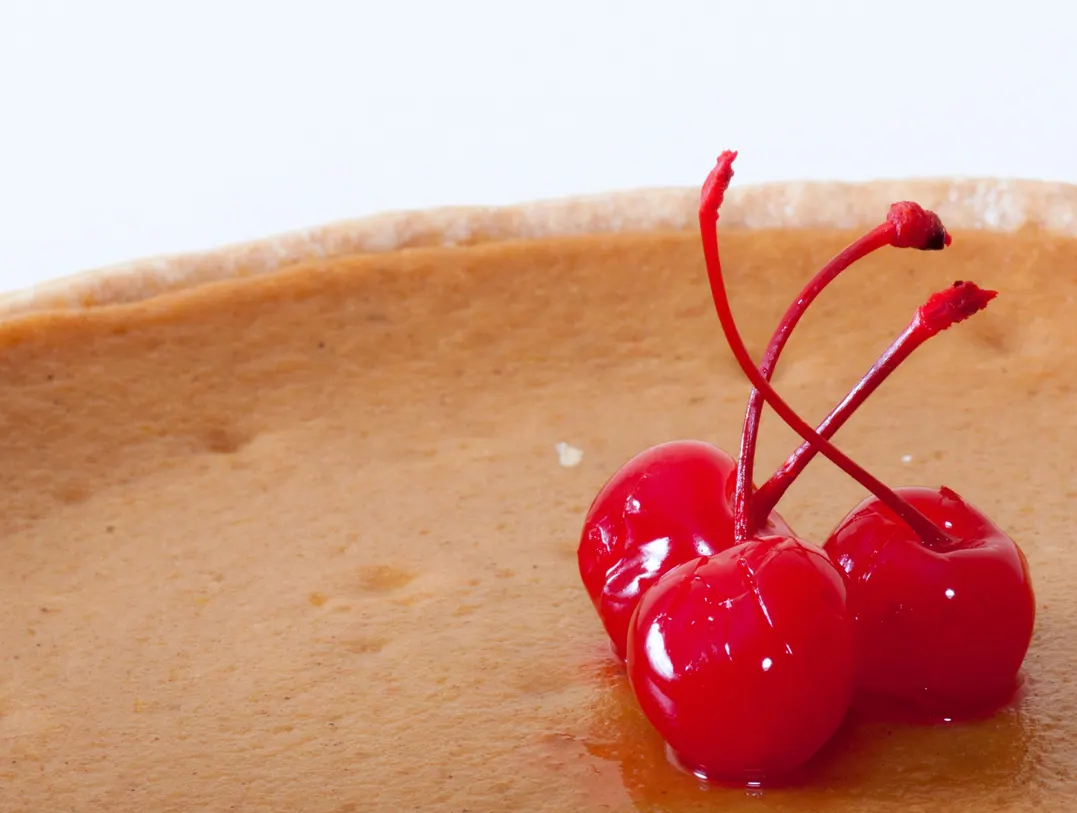Marraschino cherries. (Photo by Roberto Machado Noa/LightRocket via Getty Images)
LightRocket via Getty Images
The Food and Drug Administration (F.D.A.) has just banned the use of Red Dye 3 in food, drinks and drugs. Many are pleased by the news, yet simultaneously perturbed by the fact studies linking Red Dye 3 to cancer were released decades ago.
This dissonance between good and bad news makes the story perfect fodder for the online world—and people haven’t disappointed. Individuals have come out in droves to discuss their thoughts on the Red Dye 3 ban and, of course, created a gamut of memes and jokes in response.
This story, and its online reaction, is a perfect encapsulation of how people online use social media to gain a sense of control over moments of powerlessness—and humor plays a vital role in this action.
Before we arrive get there though, let’s look at what happened.
What Is Red Dye 3? And Why Did The F.D.A. Ban It?
Red Dye 3—or Red Dye No. 3—is a petroleum-based substance found in a wide variety of products, including candies and soda. Currently, it’s estimated to be present in more than 2,800 items in U.S. supermarkets.
The substance has been linked to thyroid cancer in animals, and was banned for use in cosmetics decades ago.
While the F.D.A. states that the dye can lead to cancer in rats, it says it doesn’t necessarily mean humans are at risk. Despite this, governmental and public pressure from figures like Robert F. Kennedy Jr. spurred the organization into action.
The outcome of the ban is simple: any food products sold within the U.S. will have to be free of Red Dye No. 3 by Jan 15. 2027.
From a public health perspective, this is good news—yet the online world rarely takes things simply, and this is no exception.
How Did The Internet React To The Red Dye 3 Ban?
There have been a range of reactions to the Red Dye 3 ban. Some are quite straightforward, such as anger about the removal taking so long:
Yet there are a range of other types of posts too. This example combines the Red Dye 3 story with social justice language in an ironic melange:
Some on social media also merged the news with other ongoing memes, such as the growth of RedNote:
Summing it up, a few people are celebratory about the Red Dye 3 ban, some are angry it took so long to happen, but many more are using it as an opportunity for a joke. Why is that?
What The Online Reaction To The Red Dye 3 Ban Means
There are some pretty straightforward explanations to the online reaction around the Red Dye 3 ban. This is a substance that has been heavily regulated around the world. For example, the European Union it can only be used in candied and cocktail cherries.
People reacting angrily to the F.D.A. banning it decades after Red Dye 3 was linked to cancer in animals makes sense, as they may well feel betrayed by a body that’s meant to protect them.
There are some deeper threads to the internet’s reaction though.
Powerlessness has always existed in society, yet the advent of technology has intensified it. Historically, power was concentrated in smaller places. Many people making local decisions also lived locally.
The advent of technology and the shrinking of the world not only puts power out of the immediate reach of many, but also makes people aware that control is being exerted from afar.
Red Dye 3 is a prime example of this powerlessness. People knew it was potentially harmful, yet the U.S. hadn’t acted. The only way to avoid the chemical was to rigorously check the ingredients of products.
Social media, though, offers an alternative to this impotence.
A research paper entitled “Coping With Lack Of Control In A Social World” goes into depth about the topic. While it covers a lot of ground, it concludes that, on a social level, “powerless individuals [should] maximize closeness” to gain control.
In other words, by grouping together, people can combat the effect of external power on their lives. It can be argued this is what happens with social media.
By posting and connecting with others, people can gain some sense of agency over their lives, reducing the feeling of powerlessness around topics out of their control as Red Dye 3.
Humor also plays an integral role in this. Research shows that it can act as a reliever, “[increasing] positive emotional states when dealing with stressful situations.” To put it another way, humor can make people can feel better about their own powerlessness.
Broadly put, the online reaction to the Red Dye 3 ban is multifaceted.
People flock to social media and post in order to feel some control over a situation they were powerless to change. This can give them a sense of purpose and community, lessening the psychological impact of the news.
The creation of memes goes one step further.
This helps relieve anxiety over the ramifications of something like Red Dye 3, making it more approachable and easy to deal with. A worry is turned into a joke. A joke is no longer a concern, and things feel simpler. Sometimes, it turns out, laughter really is the best medicine.



